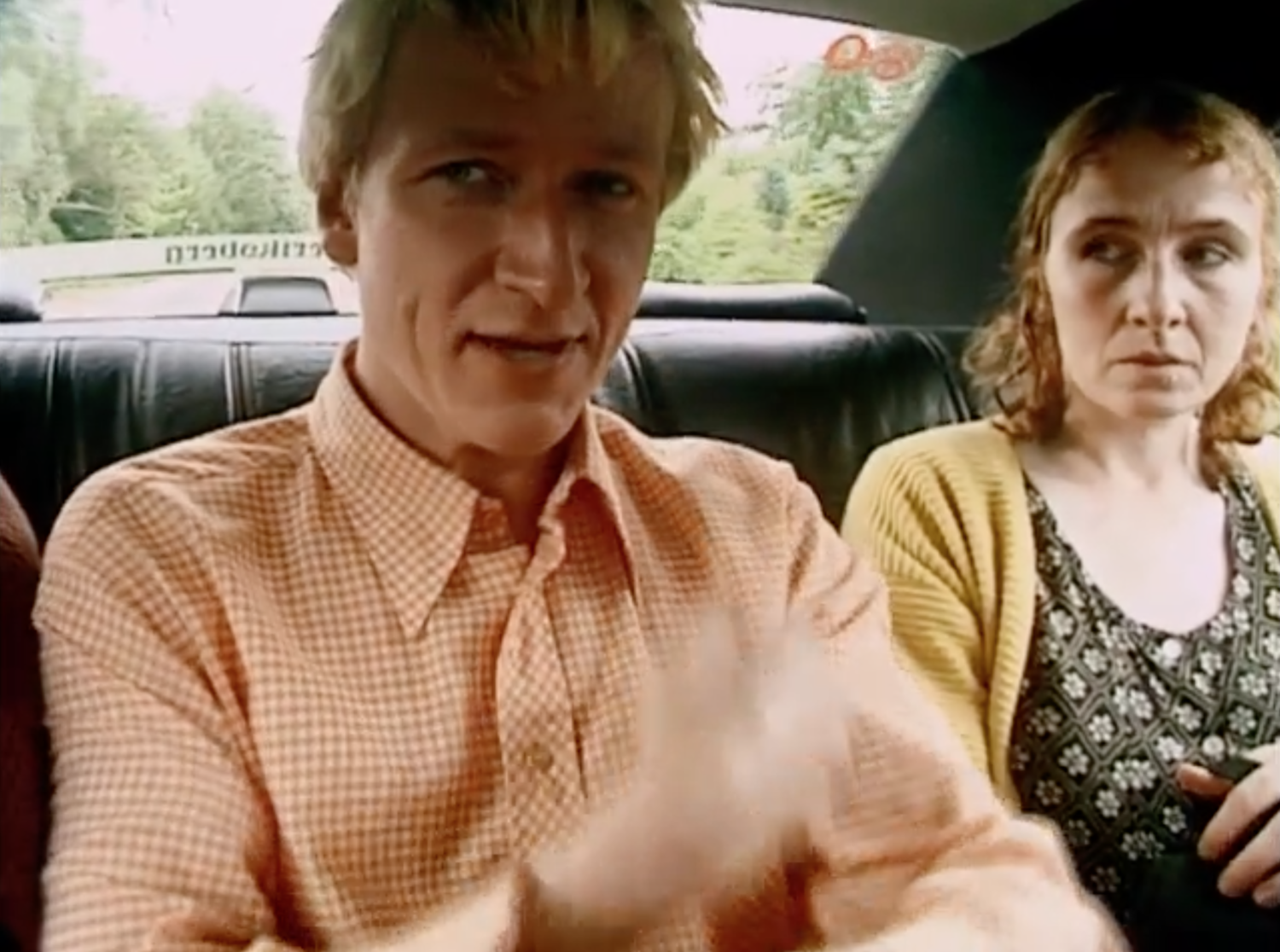On March 13, 1995, a Parisian conference was held to celebrate 100 years of film. Appropriately named Le cinéma vers son deuxième siècle, the event was specifically focused on cinema’s second century and had invited Danish director Lars von Trier to speak. Prior to his speech, audience members (which included many of the film industry’s most respected names) were handed red pamphlets that would formally announce Dogme 95.
How Dogme 95 began: Vow of Chastity
THE IDIOTS (CREDIT: ARTE)
Together with Thomas Vinterberg, Trier had created a manifesto that deliberately mimicked Truffaut’s Une certaine tendance du cinema, the Cahiers du cinéma article that kickstarted the French New Wave in 1954. Within their manifesto, Trier and Vinterberg compiled a “Vow of Chastity”, in which they laid out the strict terms that would determine whether or not a film could be considered part of the Dogme 95 movement.
Shooting must be performed on location, without providing props or sets that don't logically exist within that setting
Diegetic sound only. Sounds must never be produced, such as music that does not exist within the scene
All shots must be handheld. Movement, immobility and stability must be attained by hand
The film must be in colour, with no special lighting. If there's not enough exposure, a single lamp may be attached to the camera
There can be no optical work or lens filters
No 'superficial' action (such as staged murders, elaborate stunts etc.)
Geographical alienation is strictly forbidden, meaning the film must take place here and now
No genre movies
Academy 35mm is the only accepted film format
Directors must not be credited
Compared to any other movement in film history, Dogme 95 is perhaps the easiest to define thanks to the hard lines drawn by this manifesto. Although these restrictions would certainly alienate many filmmakers from participating in the movement, the specificity of Vinterberg and Trier’s Vows of Chastity clearly outlines how the Dogme 95 manifesto planned to change cinema’s future.
"If one devalues rationality, the world tends to fall apart." - Lars von Trier
First and foremost, Dogme 95 intended to generate a greater focus on the values of traditional storytelling, performance and specific themes. With an emphasis on these core aspects of filmic storytelling, Dogme 95 was a backlash against the over-reliance on technology such as special effects and groundbreaking digital tools. In this way, the movement was in direct opposition to commercial studio filmmaking at the time, and was a clear attempt to give greater power to independent creative team.
The movement would consequently form a Dogme 95 collective that included filmmakers from around the world. Also known as the ‘Dogme 95 Brethren,’ this saw Kristian Levring and Søren Kragh-Jacobsen join Vinterberg and Lars von Trier, all of whom created titles that obeyed the Vows of Chastity. However, not all films would strictly abide by every rule. When submitting a film for consideration, the director was required to ‘confess’ the ways in which they have failed to comply with their vows. For example, when submitting Julien Donkey-Boy, Harmony Korine noted a series of rule-bending during the film’s production. This ranged from faking Chloë Sevigny’s pregnant belly to buying a batch of raw cranberries.
“In joining the Dogme Brotherhood … I proudly abandon-ed those cinema tactics that I have been brought up in. And in doing this, I succumbed to a religious-like semi-calvinist fervour. But, as when I was a child, the temptation to sin was always a romantic option.” - Harmony Korine
Three years after the manifesto’s announcement, the first official Dogme 95 film was released by Vinterberg. Titled The Celebration (Festen), the film was an instant critical success, winning the Jury Prize at the 1998 Cannes Film Festival.
FESTEN (CREDIT; NIMBUS FILM)
"I think Dogme was inspiring for quite a few peoples and sort of started a digital movement. Personally, I found it extremely uplifting and fantastic making Dogme movies, but I felt I completed it with 'The Celebration.' I think that was the end of the road on Dogme for me. It was as far as I could go." - Thomas Vinterberg
There are 35 Dogme films in total, with Lars von Trier remaining the most internationally recognised figure from the movement. Just like Vinterberg, he would eventually deviate from the Vows of Chastity’s constraints, in search of new challenges as cinema entered the 21st Century. (Source)



